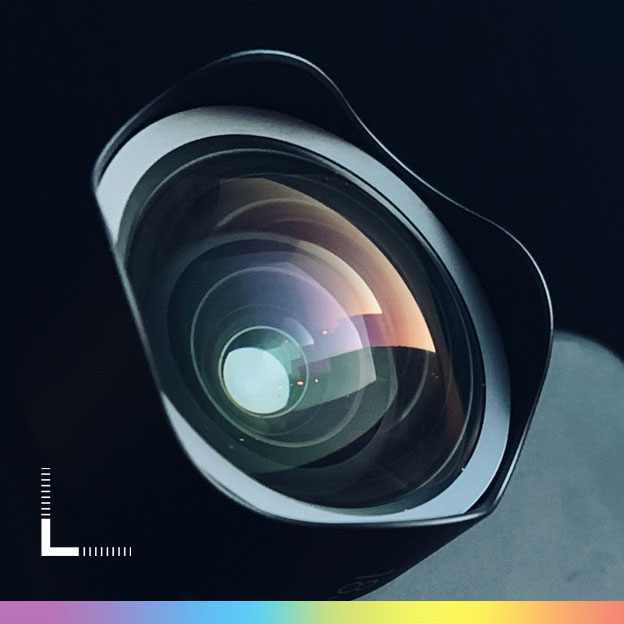
Considering two adjacent camera modules having similar sensor size and pixel count, the tele camera, having a narrow angle of view (e.g., 50mm for 2x zoom), requires a lens assembly with a much larger EFL satisfying:
EFLτ =2×EFLω×(Pixel Size τ)/(Pixel Size ω)

Tel: +972 3 641-9888
Fax: +972 3 641-1818
Image quality
Camera hardware
Computer Vision